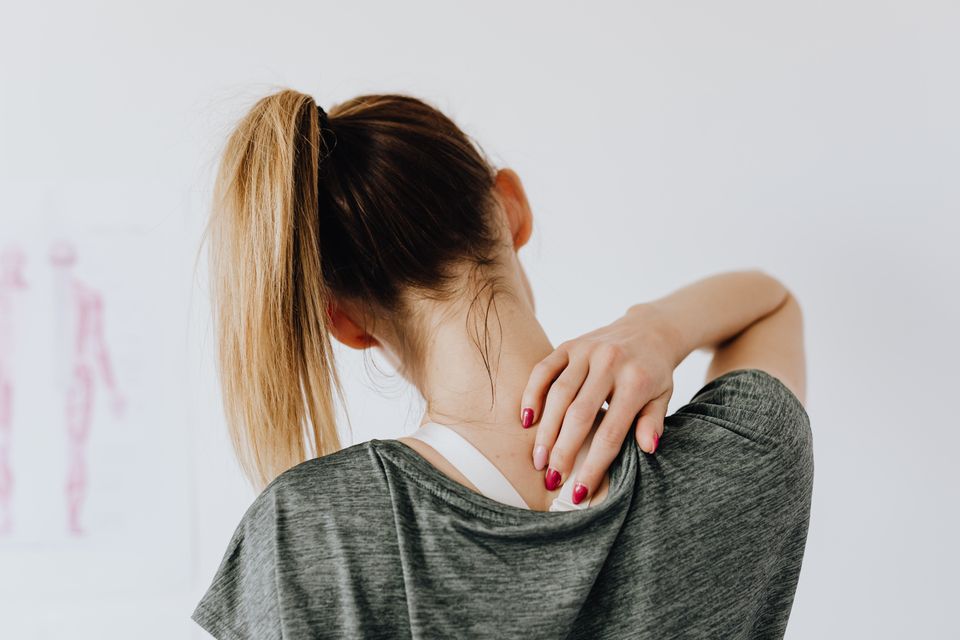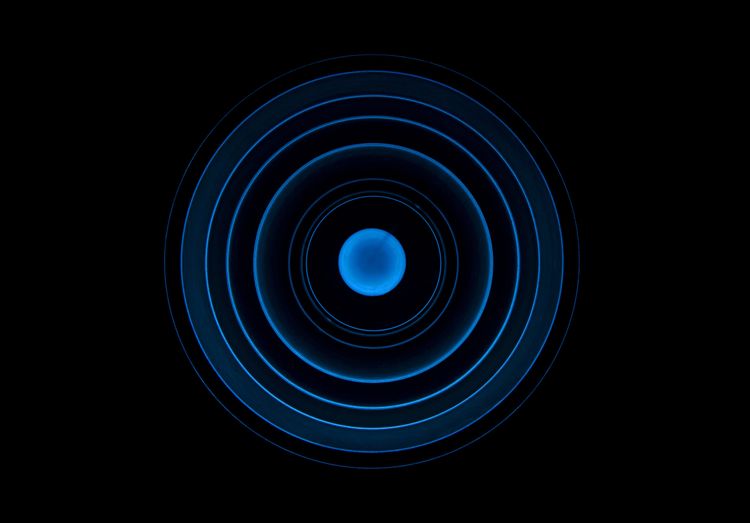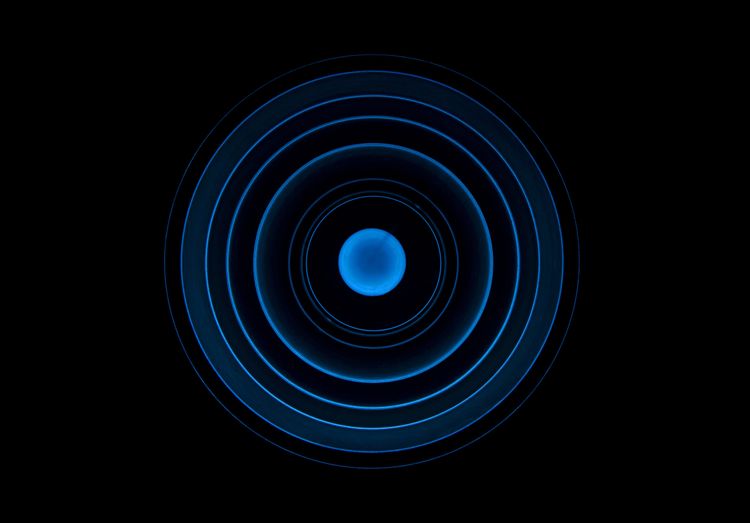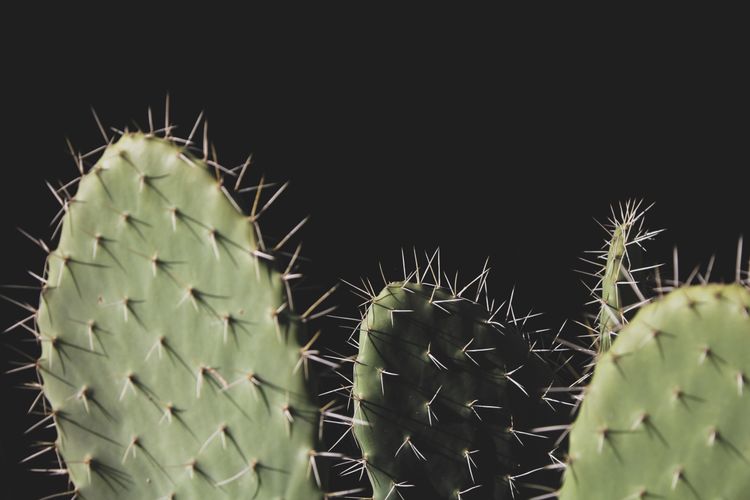🦀 Issue 128 - It’s all in your head.

Pain doesn’t exist. I know this sounds trite, but it’s also true. We’ve all been told a lot about pain neuroscience over the last few years, but the thought that really made it hit home for me was that sentence above. Our brains just make it all up. And because of that, we can change our pain by changing our brains.
So today, we’re going to talk about motor imagery. It’s just thinking about doing things. We’ll get into the details later, but that’s the essence. So let’s find out how just imagining yourself doing something can help you do it without pain. King Crab supporters will find three papers, one looks into motor imagery in general and two more analyze its effect on people recovering from TKA and spinal surgery, while you will find just the first. If you want all three, become a support for just a few bucks here.
Now it’s time to learn about this easy technique that could really change your patients’ experiences.
Let’s dive in!
Think! To Reduce Pain After Surgery.
The Gist - I’m going to skip to the end of this 2020 systematic review and meta-analysis from the European Journal of Pain first. We have low-quality evidence that this works. There hasn’t been enough research yet. Even so, “movement representation techniques in combination with usual care are capable of producing a decrease in pain intensity compared with conventional treatment, in both post-surgical and chronic pain.” The quality of evidence is related to the total amount and the types of research that discovered it. The two following papers are from 2020 and 2021, so the field is already growing. But anyway, let’s get into how this works.
The paper looks into movement representation in general, that’s both thinking about yourself doing something (motor imagery) and watching others do it (action observation) without pain. Both of these activate neurons associated with actually doing these actions. Those are our mirror neurons that you probably learned about in Psych class back in the day. The paper looked into how these techniques work in 11 articles, 6 about post-knee surgery, one about post-hip surgery, three about chronic pain, and one about acute pain. Every paper used “conventional physiotherapy” as the control and “conventional physiotherapy” with motor imagery or action observation added as the intervention. Averaged across the studies, the pain intensity in the intervention groups was about 1 point less on a 0-10 scale (actually 0.84). The intervention did even better on people with chronic pain, with a difference of 2.14 points less pain on that 0-10 scale. It made no difference in the acute pain group.
So it probably works, but what were they actually doing? More below.
Tell Me More - Motor imagery is the process of imagining yourself doing something without pain occurring. In these studies, they varied their methods, but all included the patients imagining themselves performing a difficult or painful task. In some cases, this was imagining themselves doing the exercises they were assigned or simple actions like picking something up off the floor. Each study had a different frequency of intervention but most asked participants to do this imaginative action multiple times per day. This simple act was enough to reduce pain by 1 or 2 points on a 0-10 scale. It’s pretty remarkable.
So what’s going on? We don’t really know. It seems like these methods increase cortical excitability in the region associated with the action. Since increases in cortical excitability are associated with decreases in pain perception, this could be the ticket. It could also have something to do with changes in neural plasticity that we don’t fully understand. Often, motion helps calm pain, so imagining motion may do the same thing since (say it with me) pain doesn’t exist. Now just tell that to my chronically aching neck and we’ll be all better.
Paper? Right here.
March Madness is Here. Get the Best College Sports Coverage and Help the Crab.
Just Click here. You’ll get access to an awesome college sports news site and we’ll make a dollar. Thanks!
Look, even if you don’t like college sports, PT Crab is supported every time someone subscribes to this newsletter. So subscribe, check out the Gist’s brand new newsletter, and support PT Crab in the easiest way possible.

And here’s what The Gist says about themselves.
If you're a college student or a college sports fan...
You're gonna want this in your inbox. Subscribe to The GIST's brand new college sports newsletter to get 'the gist' of what's up in the NCAA and your fave conference in less than 5 minutes.
From the Archives: Talk Therapy for Knee Pain. Sort of.
The Gist - Researchers publishing in the Journal of Physiotherapy wanted to see how Australian PTs were treating people with knee OA and if those treatments aligned with the national Clinical Care Standard. We don’t care so much about the second part, but the first is quite interesting. They found that PTs “focused on biomedical assessment with little psychosocial consideration,” focusing on the mechanical aspects of OA. They mostly saw themselves as providing goal-oriented, personalized, episodic care. That’s good, but not the best that we can do.
Researchers note that a biopsychosocial approach has been shown to improve patient outcomes and patient satisfaction. Other research has shown that when patients believe their joint is degraded due to wear and tear, they are more likely to believe that PT will increase pain. Since these PTs were mostly focusing on the mechanical aspects of the joint and not correctly describing the pathogenesis of OA (it’s “a whole-joint disease resulting from an imbalance between breakdown and repair of joint tissues”), the researchers argue that they’re not best preparing their patients for success. I know that these are Australians and they may do things a bit differently because they’re upside-down, but consider a more BPS approach to improve adherence and outcomes.
Tell Me More - The paper has fantastic quotes from the PTs they interviewed, categorized thematically. They sound remarkably boilerplate, like this bit from ‘Steve’: “This is partly due to the wear and tear, so it’s aging like your hair, like your nails; your joints do age.” And Steve’s not wrong, but the quote really gets at the heart of what the researchers are saying about the BPS approach and language choice. Steve’s sentence doesn’t give the patient much agency in changing the disease, he’s implying that it must be accepted as a part of aging.
The study refers to Australian Clinical Care Standards, but the APTA Clinical Practice Guidelines for OA are remarkably similar and are actually Australian! They were written by the Royal Australian College of General Practitioners and are a ridiculous 82 pages long. Even I didn’t read the whole thing. They do have some summaries though and you can check it out here if you’re an APTA member.(And here if you’re not, like 70% of PTs). On the biopsychosocial side, they do recommend cognitive behavioral therapy (out of our scope of practice, but still important), holistic assessment that includes health beliefs, psychological factors, attitudes to activity and exercise, and more. This is a good opportunity to look at the CPG summaries, or the whole 82 pages if you’re crazy and assess how to align your practice better with them. In this one case, don’t be like the Australians, get ahead and follow the best approach.
I’d prefer to read the Aussie paper anyway, I want some quotes. Then you can have them. But no one’s putting any shrimp on the barbie, unfortunately. They’re all here. You’ll have to provide your own accent.
And that’s our week! Do continue to share PT Crab with friends and colleagues and thank you so much!






Comments
Want to leave a comment and discuss this with your fellow PTs? Join PT Crab and get summarized PT research in your inbox, every week.